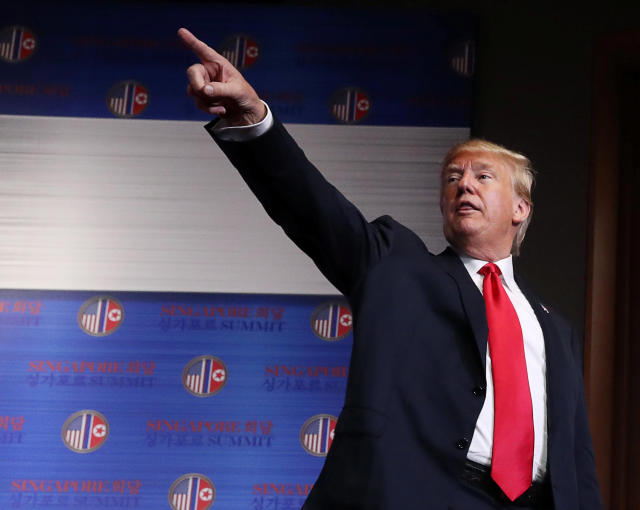| ||||||||||||||||||

View photos
I am going to run you through how I calculated the intrinsic value of Magna International Inc (TSE:MG) by taking the foreast future cash flows of the company and discounting them back to today’s value. I will use the discounted cash flows (DCF) model. It may sound complicated, but actually it is quite simple! If you want to learn more about discounted cash flow, the basis for my calcs can be read in detail in the Simply Wall St analysis model. If you are reading this and its not October 2018 then I highly recommend you check out the latest calculation for Magna International by following the link below.
What’s the value?
I use what is known as a 2-stage model, which simply means we have two different periods of varying growth rates for the company’s cash flows. Generally the first stage is higher growth, and the second stage is a more stable growth phase. In the first stage we need to estimate the cash flows to the business over the next five years. For this I used the consensus of the analysts covering the stock, as you can see below. I then discount the sum of these cash flows to arrive at a present value estimate.
5-year cash flow estimate
Present Value of 5-year Cash Flow (PVCF)= US$7.3b
After calculating the present value of future cash flows in the intial 5-year period we need to calculate the Terminal Value, which accounts for all the future cash flows beyond the first stage. The Gordon Growth formula is used to calculate Terminal Value at an annual growth rate equal to the 10-year government bond rate of 2.3%. We discount this to today’s value at a cost of equity of 12.7%.
Terminal Value (TV) = FCF2022 × (1 + g) ÷ (r – g) = US$2.3b × (1 + 2.3%) ÷ (12.7% – 2.3%) = US$22.2b
Present Value of Terminal Value (PVTV) = TV / (1 + r)5 = US$22.2b ÷ ( 1 + 12.7%)5 = US$12.2b
The total value is the sum of cash flows for the next five years and the discounted terminal value, which results in the Total Equity Value, which in this case is US$19.5b. In the final step we divide the equity value by the number of shares outstanding. If the stock is an depositary receipt (represents a specified number of shares in a foreign corporation) or ADR then we use the equivalent number. This results in an intrinsic value in the company’s reported currency of $57.78. However, MG’s primary listing is in Canada, and 1 share of MG in USD represents 1.311 ( USD/ CAD) share of NYSE:MGA, so the intrinsic value per share in CAD is CA$75.74. Compared to the current share price of CA$63.3, the stock is about right, perhaps slightly undervalued at a 16% discount to what it is available for right now.

The assumptions
Now the most important inputs to a discounted cash flow are the discount rate, and of course, the actual cash flows. If you don’t agree with my result, have a go at the calculation yourself and play with the assumptions. Because we are looking at Magna International as potential shareholders, the cost of equity is used as the discount rate, rather than the cost of capital (or weighed average cost of capital, WACC) which accounts for debt. In this calculation I’ve used 12.7%, which is based on a levered beta of 1.353. This is derived from the Bottom-Up Beta method based on comparable companies, with an imposed limit between 0.8 and 2.0, which is a reasonable range for a stable business.









